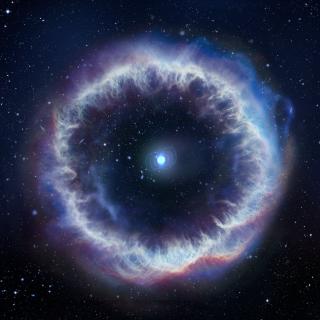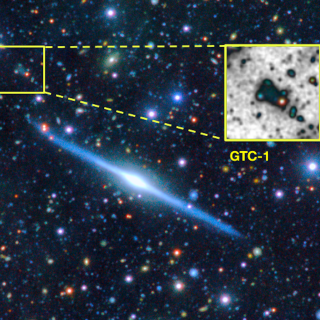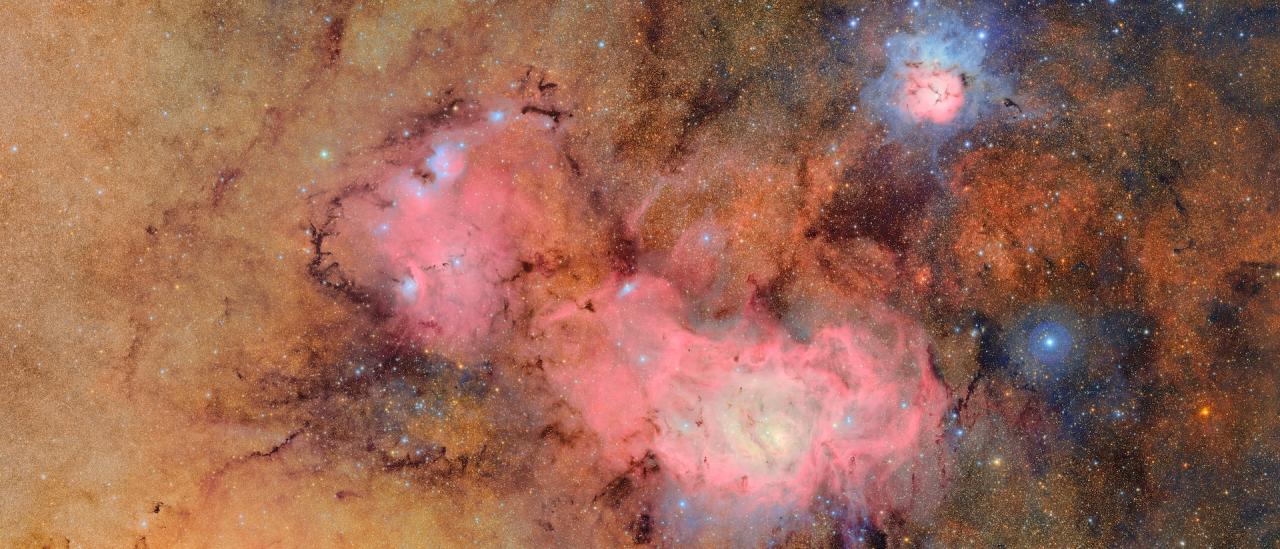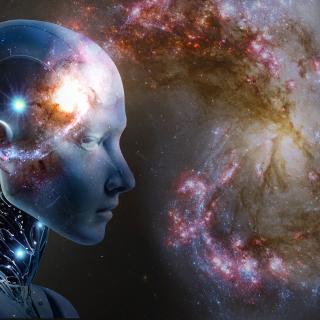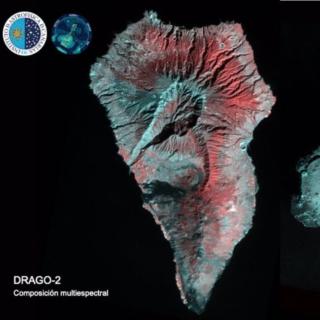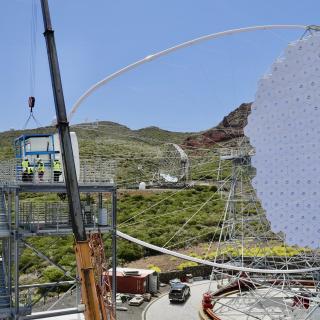The Vera C. Rubin Observatory, located in Chile, today released its first images of the universe, known in astronomy as an instrument's “first light”. This event marks the beginning of a project that will revolutionise our understanding of the universe over the next decade. Jointly funded by the US National Science Foundation (NSF) and the US Department of Energy (DOE), the Instituto de Astrofísica de Canarias (IAC) is participating, as part of a consortium of Spanish institutions, in its scientific exploitation and contributing observation time from the Gran Telescopio Canarias (GTC or Grantecan).
The Vera C. Rubin Observatory, named in honour of astronomer Vera Rubin, a pioneer whose work provided the first strong evidence of the existence of dark matter, represents a milestone in astronomical observation, setting a new standard for sky mapping thanks to its advanced optical design, high sensitivity, operational speed, and robust computing infrastructure. Equipped with the largest digital camera ever built for astronomy, it will systematically observe the southern sky for a decade, generating an ultra-wide, high-definition time-lapse of the universe.
This project, known as the Legacy Survey of Space and Time (LSST), will address some of the most fundamental questions in cosmology and astrophysics. Among its main objectives are the study of dark energy and dark matter, a detailed analysis of the structure and formation of the Milky Way, and the precise tracking of millions of objects in the Solar System, including potentially dangerous asteroids. In addition, its ability to record transient events will offer a dynamic view of the evolving universe.

An international project with Spanish participation
Thousands of people from more than 30 countries have worked in the Vera C. Rubin Observatory. The Spanish participation is articulated through a consortium composed of Institute of Space Sciences (ICE-CSIC), the Institut d’Estudis Espacials de Catalunya (IEEC), the Institut de Física d’Altes Energies (IFAE), the Port d’Informació Científica (PIC), the Instituto de Física Teórica (IFT-UAM/CSIC), the Centro de Investigaciones Energéticas, Medioambientales y Tecnológicas (CIEMAT) and the Instituto de Astrofísica de Canarias (IAC) with a key role in the scientific and technical development of the project.
"The IAC has participated in defining agreements to contribute GTC observation time to scientific programmes related to LSST," explains Johan Knapen, a researcher at the IAC. "Likewise, different research groups at the IAC are actively participating in preparing for the scientific exploitation of LSST in various lines of research," adds Ismael Pérez Fournon, a researcher at the IAC.
The various fields of study in which the IAC is involved include deep imaging of galaxies and dwarf galaxies, the analysis of intracluster light, the structure of the Milky Way and the Local Group, stellar magnetic activity, energetic phenomena in galaxies, the detection of gravitational waves, the study of galaxy clusters and cosmology, substellar science, the characterisation of small bodies in the solar system, the tracking of transient objects, and galactic evolution.

Among the other scientific institutions participating in the Rubin Observatory consortium, it is worth highlighting the contributions of ICE-CSIC and IEEC, whose research staff have played a key role in the scientific and technical development of the project. These teams will also lead spectroscopic observations with the GTC to track transient objects detected by the LSST survey.
The IFT-UAM/CSIC has worked on improving data quality using advanced techniques, including artificial intelligence tools, and on studying the effects of the atmosphere on observations. It also actively participates in the Dark Energy Science Collaboration (DESC), along with other members of the Spanish consortium, who lead the Computation and Simulations area of the project.
CIEMAT has collaborated in the scientific fine-tuning of the telescope, analysing the performance of the optical and structural system, and its cosmology group is participating in the study of transient phenomena. Together with IFAE, a PIC team is operating, implementing an Independent Data Access Centre (IDAC), which is essential for analysing the enormous volume of information generated by the telescope.
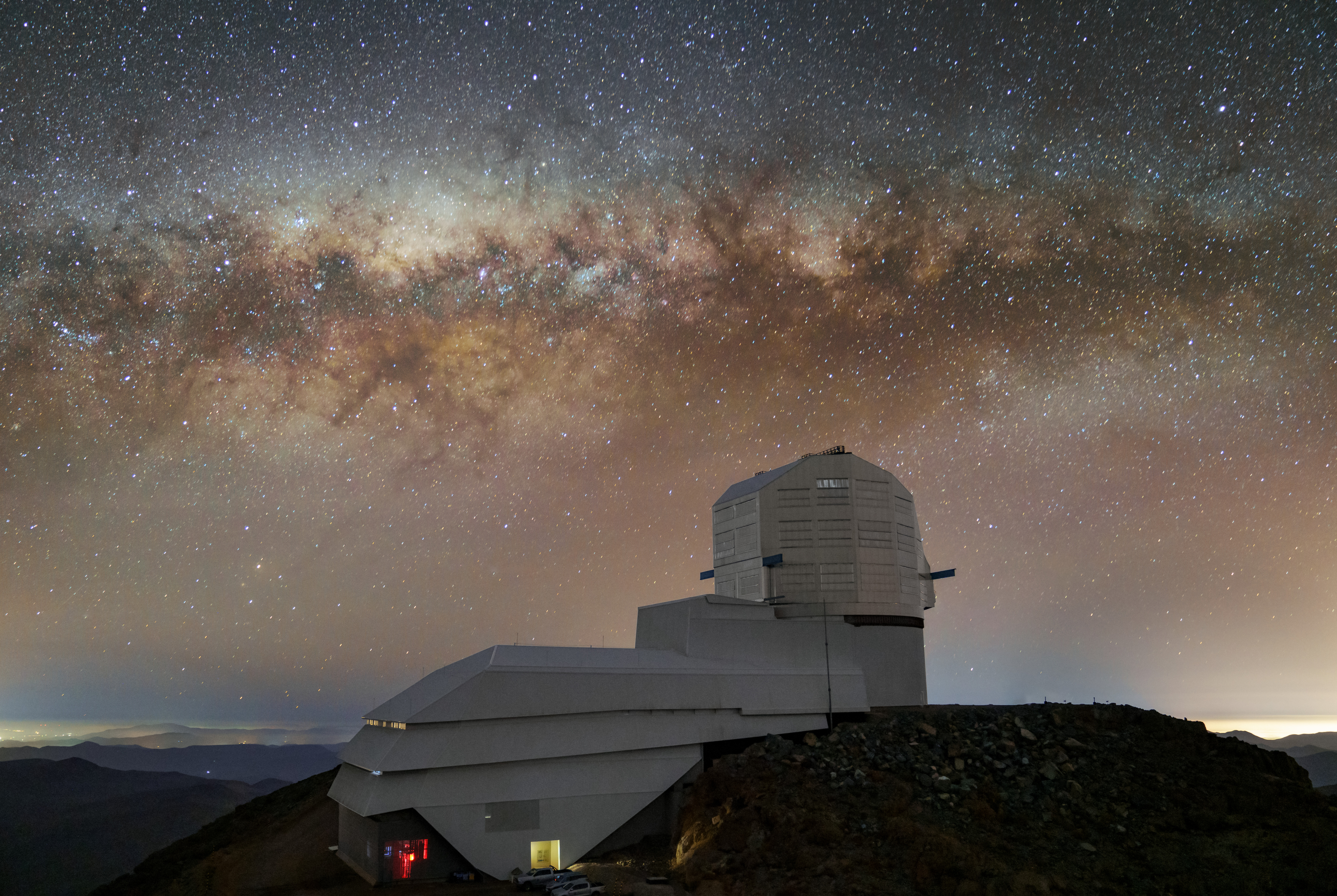
Live broadcast from the Vera C. Rubin Observatory
NFS press release
ICE-CSIC press release
Contact at the IAC:
Ismael Pérez Fournon, ipf [at] iac.es (ipf[at]iac[dot]es)
